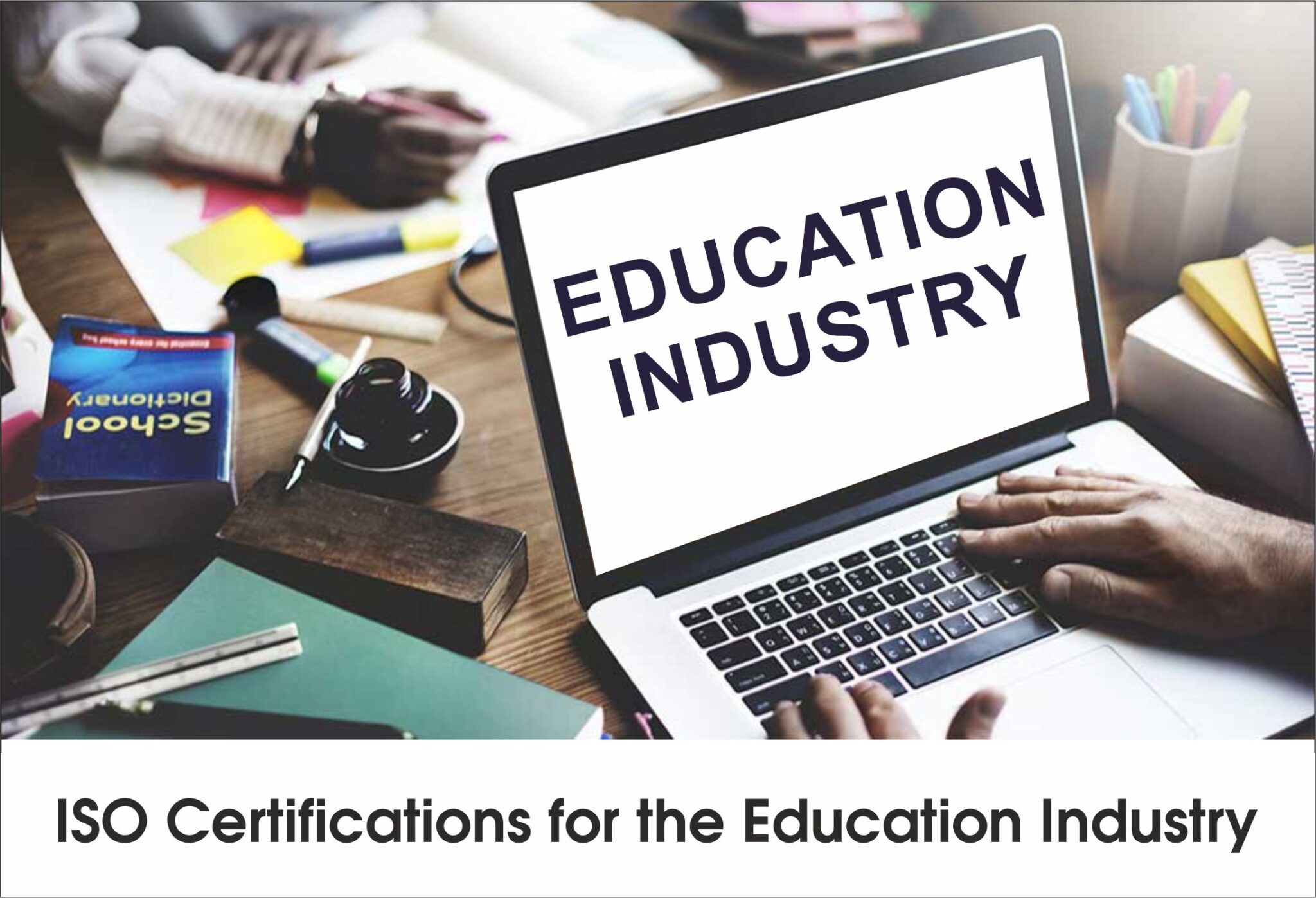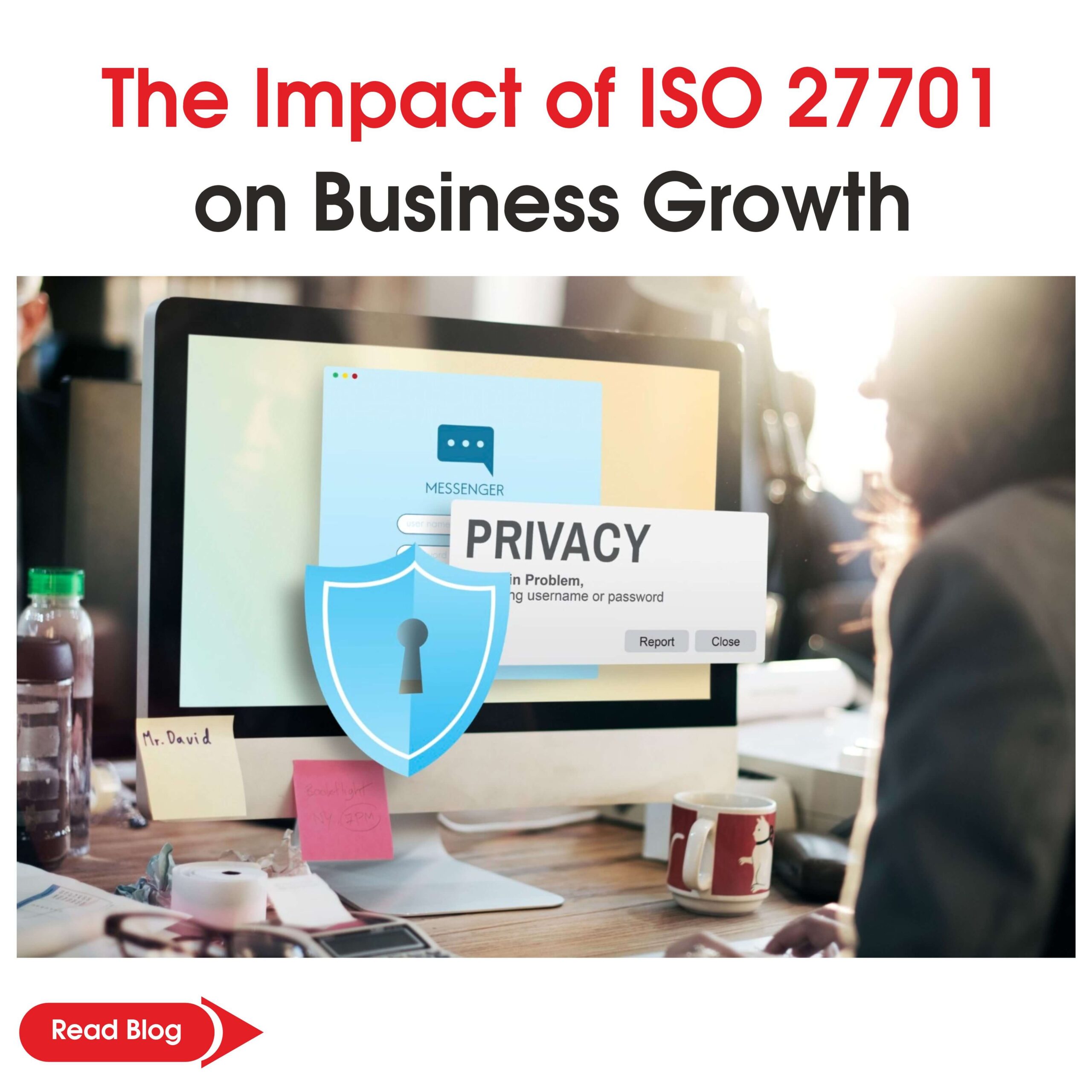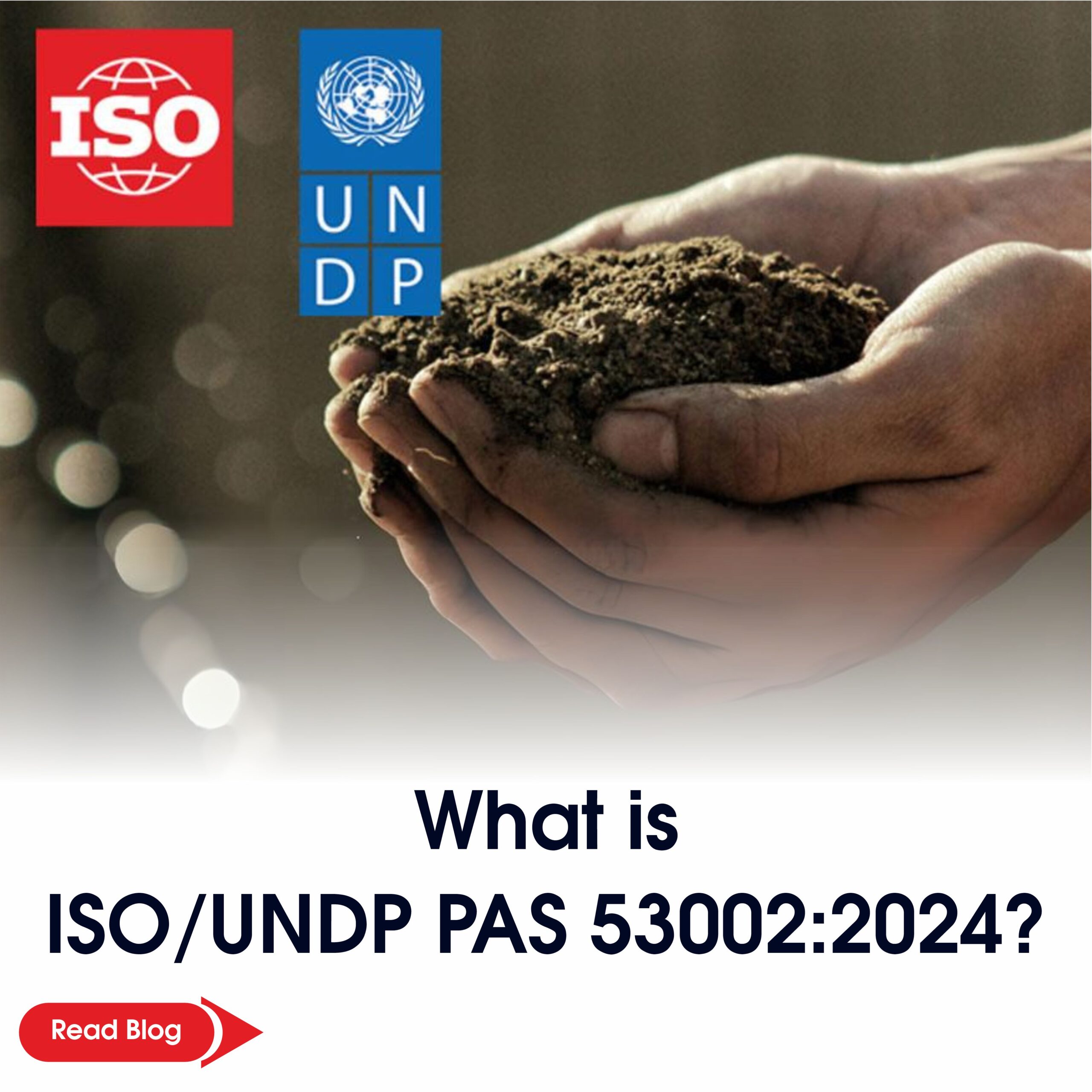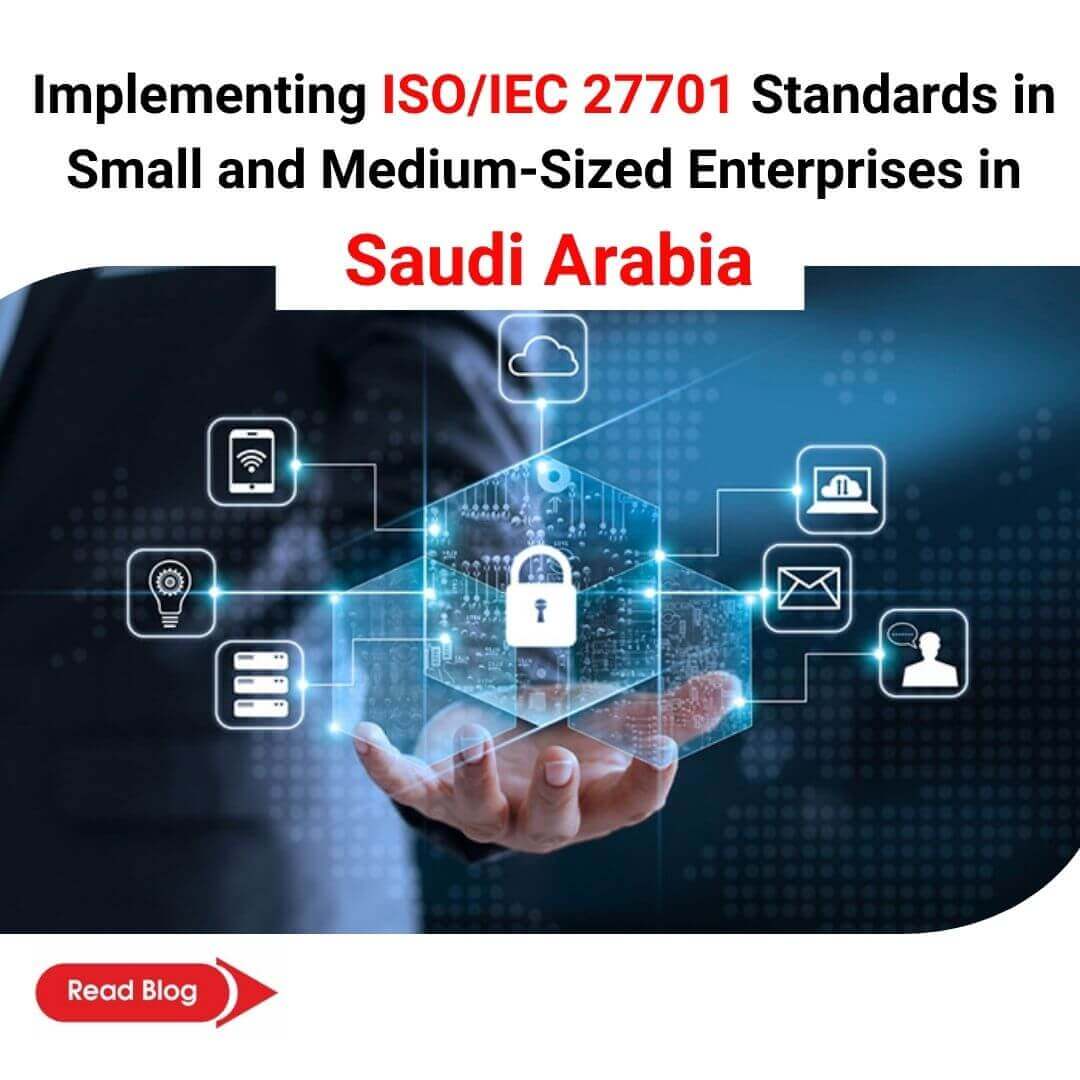ISO 9001 is an international standard for quality management systems. ISO 9001 is one of the most popular quality management system standards in the world today. It provides a framework for processes to systematically improve all areas of an organization. It is used by a huge range of organizations and is adapted to fit their unique business requirements. It can be applied to any organization, including educational institutions.
Here’s how it can benefit an educational institution:
- Improved Quality of Education: The goal of ISO 9001 is to provide high-quality goods and services. This pertains to education and refers to offering top-notch teaching and learning opportunities. This can be accomplished by developing specific processes for lesson planning, the development of curriculum, training for teachers, and student assessment.
- Consistency: The standard requires organizations to consistently document and follow their processes. This ensures that all students receive the same education level, regardless of their teacher or class.
- Continuous Improvement: An obligation to continuously improve is part of ISO 9001. The quality of education may continue to advance as a result of the encouragement given to educational institutions to continuously assess and enhance their procedures.
- Increased Satisfaction: Educational institutions can boost worker, parent, and student satisfaction by putting a strong emphasis on quality and consistency. This may result in increased enrolment rates, better staff retention, and improved reputation in the community.
- Risk Management: The standard also emphasises risk-based thinking, which can assist educational institutions in spotting possible hazards and taking steps to mitigate them. Risks relating to student safety, financial viability, or observance of laws could be included in this.
- Transparency and Accountability: Transparency and accountability can be improved by documenting processes and keeping records as required by ISO 9001. This can increase credibility with stakeholders and make it simpler to show regulatory compliance.
- Efficiency: Educational institutions can become more efficient by identifying and eliminating unnecessary activities or redundancies. This helps to free up resources that may be used to raise educational standards.
Meeting the requirements of the standard is only one part of getting ISO 9001 certification. The goal is to establish a culture of excellence and ongoing improvement that will be beneficial to the educational institution’s stakeholders over the long run.
A globally recognised standard known as ISO 14001:2015 outlines the requirements for an Environmental Management System (EMS). Instead of setting environmental performance requirements, it offers a framework that organisations can follow. Implementing this standard will be extremely beneficial to educational institutions.
The following are a few advantages: ⮯
- Improved Environmental Performance: Institutions can use ISO 14001:2015 to identify, manage, monitor, and control their environmental challenges in a “holistic” way.
- Resource Efficiency: Institutions can find ways to reduce their waste and energy use by implementing an EMS, which will result in significant cost savings.
- Compliance with Legal Requirements: The standard lowers the danger of sanctions or legal action by assisting educational institutions in understanding and adhering to pertinent environmental laws and regulations.
- Enhanced Reputation: The ISO 14001:2015 accreditation shows an institution’s dedication to environmental responsibility, which can enhance the institution’s reputation among students, parents, staff, and the general public.
- Engagement of Staff and Students: Implementing ISO 14001:2015 can engage staff and students in environmental efforts, promoting a culture of sustainability and environmental awareness.
- Risk Management: Institutions can take proactive steps to control potential environmental impacts and assure ongoing development by recognising environmental risks and opportunities.
- Sustainable Development: The ISO 14001:2015 standard encourages organisations to consider all environmental issues that are pertinent to their operations, such as air pollution, water and sewage issues, waste management, soil contamination, mitigation and adaptation to climate change, and resource use and efficiency.
- Educational Opportunities: Student’s understanding of environmental management and sustainability can be improved through the process of adopting and maintaining an EMS by giving them opportunities for practical training.
- Stakeholder Engagement: The standard promotes increased participation of stakeholders, especially local communities, on environmental sustainability issues.
- Competitive Advantage: Having ISO 14001:2015 certification can give educational institutions a competitive edge in a world that is becoming more conscious of the environment, especially when it comes to attracting students and staff who value sustainability.
Educational institutions that use ISO 14001:2015 can enhance their environmental performance as well as include sustainability in their methods of teaching and learning. Future leaders and citizens who take responsibility for the environment might reap advantages from this.
ISO 45001:2018 is an international standard that offers organisations a framework for enhancing worker safety, lowering workplace risks, and establishing better, safer working conditions. The Occupational Health and Safety Management Systems (OHSMS) are the main area of focus.
Implementing ISO 45001:2018 at an educational institution can provide the following advantages:: ⮯
- Improved Safety: The main objective of ISO 45001 is to assist organisations in managing risks to occupational health and safety. This entails safeguarding the security of the faculty, students, and visitors by observing potential hazards and acting to mitigate them.
- Legal Compliance: Institutions can better understand and adhere to their legal and regulatory requirements for health and safety with the support of ISO 45001. By doing this, it may be possible to avoid fines and other consequences of noncompliance.
- Reduced Accidents and Illness: Institutions may substantially reduce the number of accidents or health problems among staff and students by concentrating on prevention and mitigation.
- Enhanced Reputation: Being ISO 45001 certified displays a dedication to health and safety. This could improve the institution’s reputation with parents, potential students, employees, and the general public.
- Increased Productivity: Less absenteeism and turnover result from a safer and healthier workplace, which may boost employee and student morale and productivity.
- Continual Improvement: The ongoing improvement culture that is emphasised by ISO 45001 encourages regular evaluation and enhancement of health and safety performance.
- Risk Management: The systematic approach to opportunity and risk management provided by ISO 45001 makes it simpler for educational institutions to anticipate, identify, and handle any operational disruptions.
- Stakeholder Engagement: The standard emphasises worker input and involvement, establishing a culture of engagement and safety inside the institution.
- Insurance Premiums: If an organisation can prove effective risk management with ISO 45001 certification, several insurers may reduce premiums.
Keep in mind that implementing ISO 45001:2018 successfully calls for the support of the institution’s senior management, transparent communication, and participation from all levels
The International Organisation for Standardisation (ISO) created the ISO 21001 standard, which offers management tools to businesses that supply educational products and services. It strives to assist educational institutions in addressing the demands and needs of students.
The following are some ways that an educational institution can profit from adopting ISO 21001:: ⮯
- Improved Quality of Education: The standard offers a structure for enhancing the calibre of training and education services. It assists organisations in creating a management system that guarantees educational, learning and research services are provided in a way that fulfils the needs of learners and other beneficiaries.
- Enhanced Satisfaction: ISO 21001 can promote satisfaction among students, parents, and other stakeholders by ensuring that educational services consistently satisfy learner and community needs.
- Increased Efficiency: The standard supports the adoption of a process approach, which fosters organisational effectiveness, consistency, and continuous improvement.
- Risk Management: Identifying and managing the risks and opportunities related to their educational offerings is made easier for institutions by using ISO 21001. By doing so, they may be better able to anticipate issues and carry out solutions.
- Improved Accessibility and Equity in Education: The standard for the diverse needs of learners, facilitating the development of inclusive learning environments that respect and address diversity.
- Stakeholder Engagement: To better understand learners’ needs and expectations and to improve communication, ISO 21001 encourages active involvement with staff members, other relevant parties, and other learners.
- Global Recognition: Being a worldwide acknowledged standard, ISO 21001 certification can improve an organization’s reputation by highlighting its commitment to offering high-quality educational services.
- Continuous Improvement: The standard supports a culture of continuous development and enables educational institutions to review and enhance their processes and practices regularly.
Conclusion ✅
Educational institutions can show their commitment to delivering high-quality educational services, enhancing the satisfaction of students, and steadily upgrading their management systems by applying ISO 21001.




